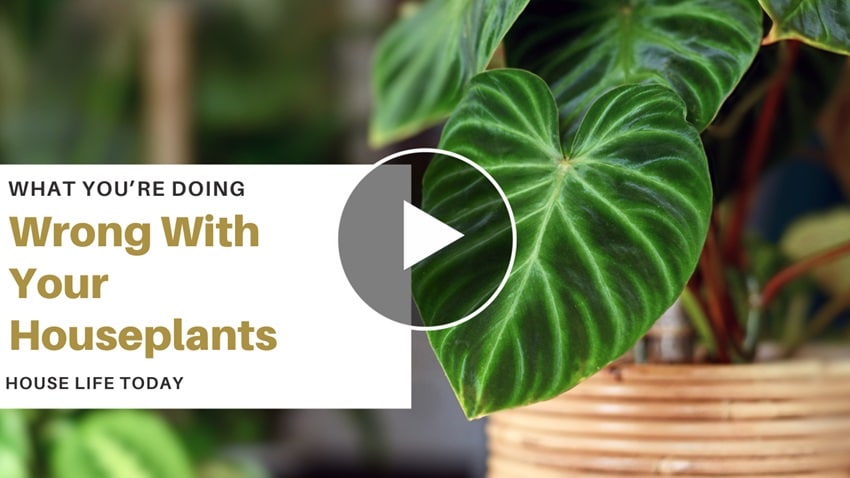A healthy garden is a happy garden. Just like humans, plants can also catch various diseases that can spread to the surrounding area. The next thing you know, you’re surrounded by wilting flowers and yellowing leaves. As fruitful as it is, gardening isn’t always easy, and no gardening enthusiast wants their beautiful, carefully-curated garden to go to waste.
So, the best way to keep your garden clean and disease-free is to take ample care of it whilst everything is good instead of waiting for a problem to pop up.
Without further ado, let’s jump in and have a look at some of the best ways to keep your garden healthy.
Contents
Select Your Plants Carefully

An excellent way to ensure that your garden remains healthy and disease-free in the long-run is to select your plants very carefully. Nobody wants to buy a plant with any type of disease, but very often, they do end up buying diseased plants due to lack of knowledge and awareness. So, before you go around planting in new flowers and other plants, acquaint yourself with what a healthy plant should look like.
You can get a clear idea of what a healthy specimen looks like through the internet, books, magazines, and maybe an experienced gardener. Never make the mistake of planting a plant that has rotten stems, dead spots, or insects, as they can easily spread to your healthy plants and can be extremely difficult to get rid of.
Embrace Diversity
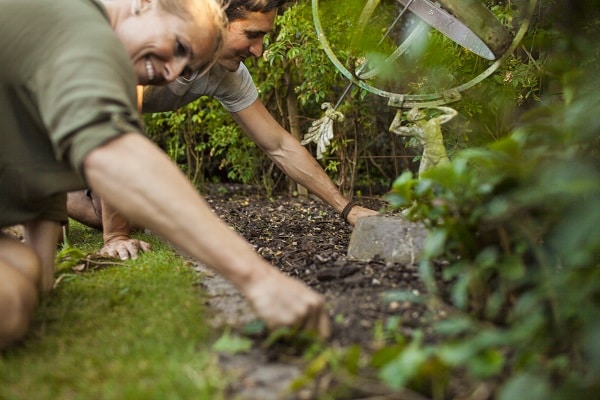
One of the best ways to create a healthy environment in your garden is through diversity. If you grow different types of plants, flowers, and food at different times on a narrow scale, you won’t lose all of them in case of a prolonged hot and dry period or a sudden downpour. Some plants may not survive these extreme weather conditions, but others will thrive. From a broader perspective, if your garden comprises flowers and native plants, then there will be a higher diversity of different types of fauna and flora. There is a much bigger chance that plants and pests will live harmoniously in a diverse garden, giving you healthier plants.
Healthy Soil
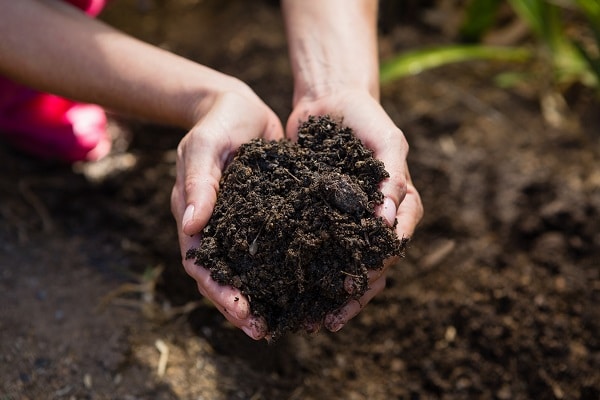
With soil being one of the most vital components for plant growth, it is a given that the healthier the soil, the better the plant growth. The key to healthy soil is an active soil food web that has the perfect balance of bacteria, fungi, and worms amongst other things. Adding organic matter to the soil feeds these critters, ensuring that the soil remains healthy. You can add cow, sheep, or horse manure or compost and worm castings to the soil to enhance plant growth. Some people also choose to add small amounts of rock minerals or seaweed to create healthy soil. Mulching the soil surface is also a great way to keep the soil cool during summers.
Be Mindful Of The Local Climate

We all want to grow our favorite plants in our yard, regardless of whether they are meant for the local climate or not. However, growing non-native plants in your garden will result in them struggling, making them vulnerable to pest attacks.
You can often supply your plants with a different climate by growing them in pots and positioning the pots in the best way to give your plants the environmental support them need. However, the fact remains that plants are only healthy when grown in the right climate in soils with the appropriate pH levels.
Engage In Recycling
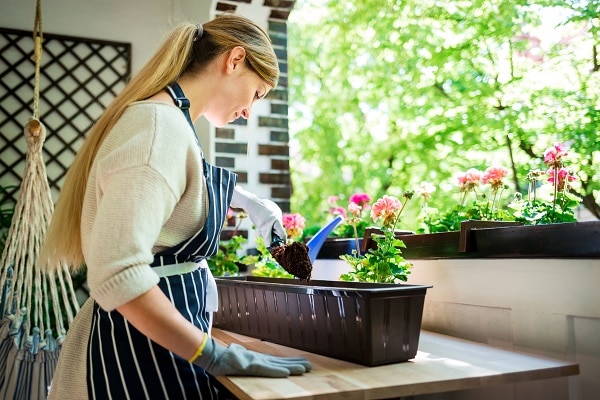
As an ode to your lovely garden, recycling is important. Recycling all the green matter you get from your plants back into your garden is an effective way to promote healthy plant growth. Cutting and dropping weeds back into the soil can give the soil its nutrients, making it healthier. Moreover, consider adding mulch branches into compost.
Pests And Predators
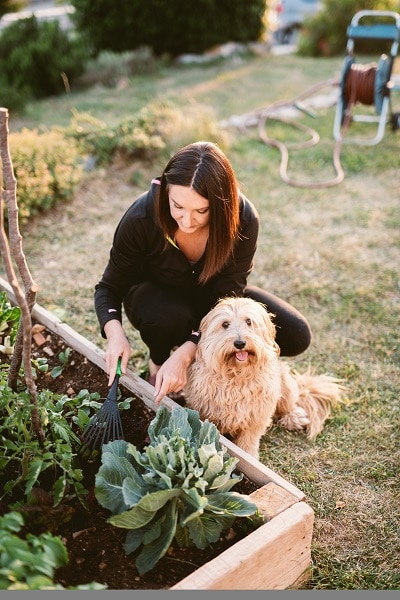
Using broad-spectrum sprays, despite how organic they are, isn’t the best idea, as they often end up killing predatory insects along with pests. It is highly recommended to focus on using sprays that only target pests. For this purpose, it is important to get acquainted with the insects that live in your garden, so that you can know which are okay and which are not.
Proper Watering
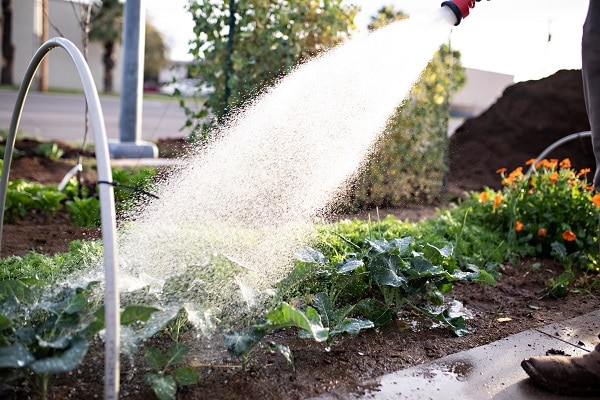
Watering your garden is a critical aspect of ensuring a healthy garden. However, since many diseases require water to grow as much as plants do, you need to be very mindful about how you’re going to go about watering. It is important to look for watering methods that restrict moisture on a plant’s foliage to avoid giving pathogens an environment they can thrive in.
Drip irrigation and soaker hoses are great methods to water your garden effectively. If you water your plants by hand, then making sure to move the leaves out of the way when watering the roots. It is best to avoid overhead sprinkling as most of the common leaf problems occur when leaves are wet.
Avoid Overcrowding
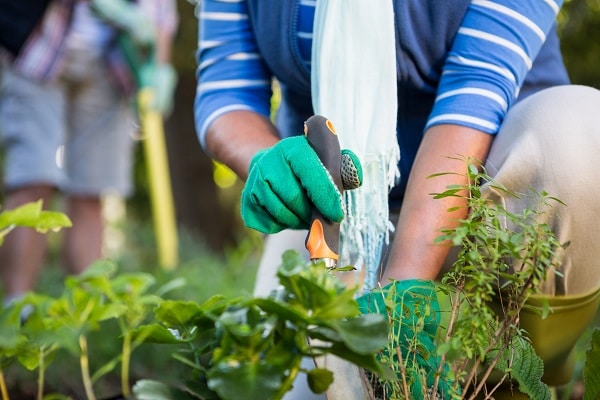
Never overcrowding your garden, and remember to instantly trim out damaged, odd, or crowded stalks on plants. Crowded plants are prone to diseases, such as powdery mildew, as they create their own humidity. Be careful when spacing transplants, and also focus on your established plants as they spread. Spreading out your plants can improve airflow around them, reducing the high levels of humidity that can lead to diseases.
Moreover, plants spaced too closely together tend to experience poor growth as they compete for water, light, and other nutrients, making them even more susceptible to disease attacks. Diseases also often spread when one infected leaf comes in contact with a healthy one, which occurs mainly due to the poor spacing between plants.
Wrapping Up
Gardening can be a time-consuming and demanding task that requires a lot of effort, but at the same time, it is also incredibly rewarding. We hope you can keep your garden healthy with the help of the tips given above. Happy gardening!

